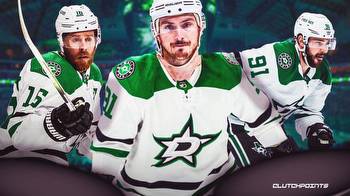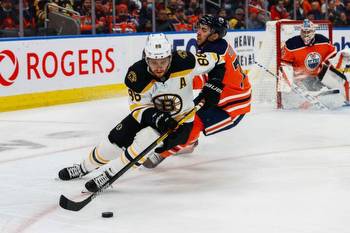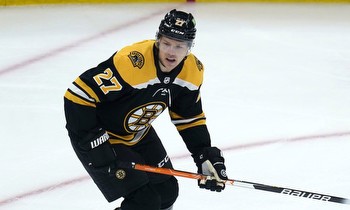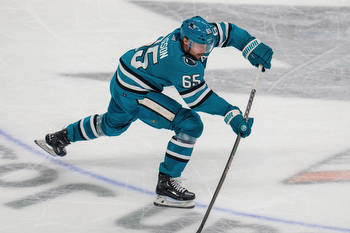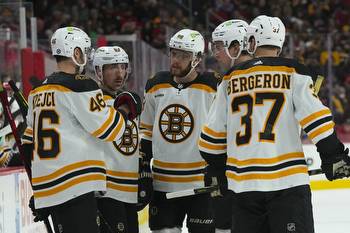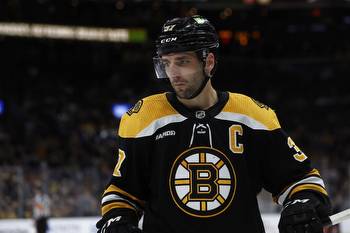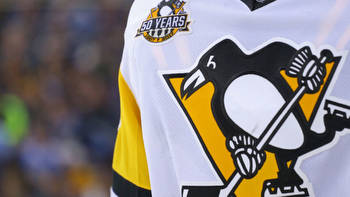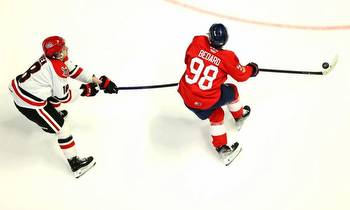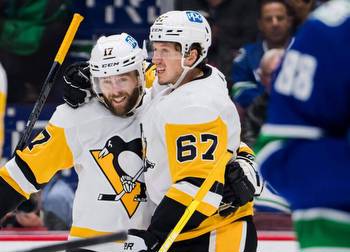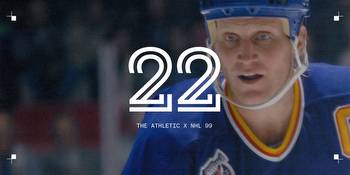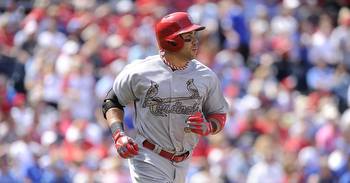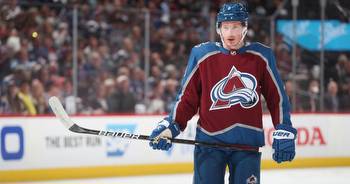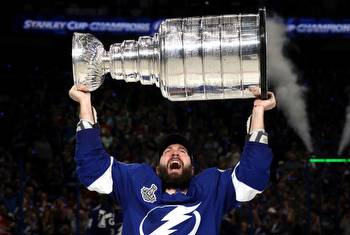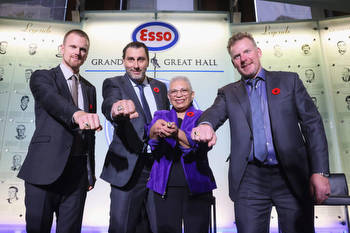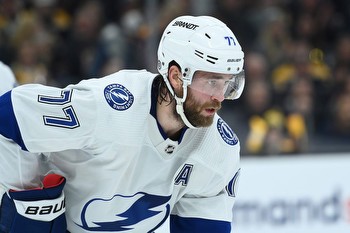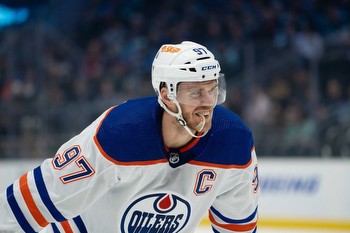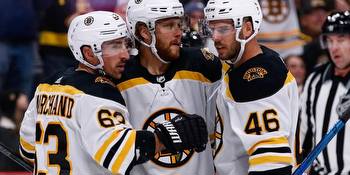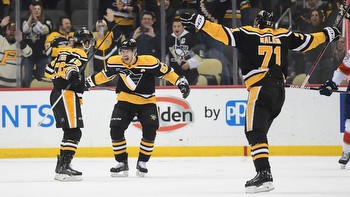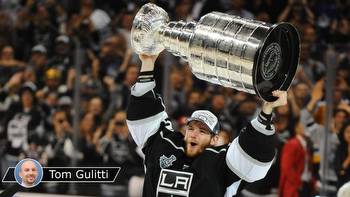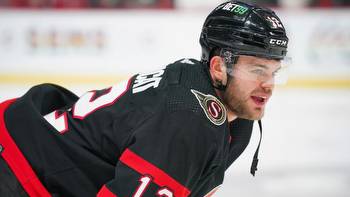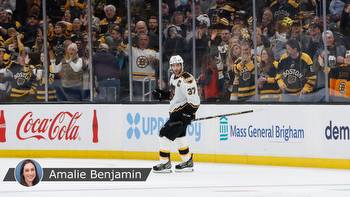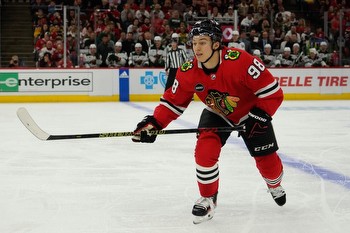McIndoe: Remembering 8 NHL stars who were Hall of Fame locks, until they weren’t
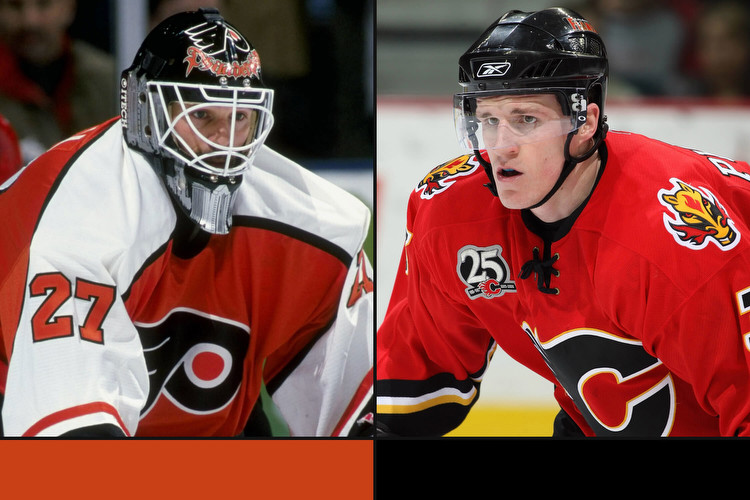
Nicklas Backstromstepped away from hockey last week, and it got me thinking about the Hockey Hall of Fame.
Granted, that doesn’t take all that much. As my readers know, I love a good HHOF debate. In fact, we’ll be having a few later this week, as the Hall gets set to welcome its class of 2023.
If Backstrom’s career is over, he won’t be eligible for three years. I don’t think he makes it, but I suppose it’s not a sure thing. (The committee occasionally surprises us, to put it kindly.) But there was a time when Backstrom absolutely seemed like he was on a Hall of Fame track. In 2009-10, he was just 22 and coming off a 100-point season, when those were exceedingly rare. If you’d gone around the league back then and placed bets on future Hall odds, he would have been high on anyone’s list. Just not anymore.
That’s not a rare story in the NHL, where we’re often a little too quick to slap the “HHOF lock” label on a player, only to see their candidacy fade — sometimes slowly, sometimes dramatically.
So today, let’s look back at eight NHL stars who sure seemed like future Hall of Famers, right up until they weren’t. I’ll give you the details, and you see if you can guess the name.
The start: This player was drafted No. 2 overall and made his debut immediately, scoring nearly a point per game as an 18-year-old rookie. That was good, but the second season was historic, as he racked up 55 goals at the age of 19, a record that still stands as the best by any teenager in NHL history. He followed that up with a 101-point season, meaning that after just three years in the NHL, this player had already racked up 141 goals and 286 points. And he hadn’t even turned 21.
But then: We left out one important detail from those first three seasons — a trade, one that came after year two and started this seemingly sure thing on a meandering career path that would ultimately see him suit up for five teams.
If you’re thinking “Wait, who would you ever trade a guy who just scored 55 goals as a 19-year-old for?” then there’s a good chance you’ve already figured out who this player is.
The player: Jimmy Carson
The rest of the way: Carson was the key (non-financial) piece that went from the L.A. Kings to the Edmonton Oilers in the Wayne Gretzky trade in 1988. While he was very good in that first season in Edmonton, it would also turn out to be his last, as he was dealt to the Red Wings early the next year. He struggled with injuries, scored a respectable 34 goals when he finally did play a full season in Detroit, and then was dealt back to the Kings midway through the next year. He’d also have unproductive stops in Vancouver and Hartford.
In all, those 141 goals and 286 points Carson racked up in his first three seasons would account for over half of his career totals, and he was out of the NHL entirely by the age of 27.
The legacy: One of the weirdest career arcs in NHL history, from record-setting phenom to out of the league in under a decade.
The start: In his first five seasons, this player scored 180 goals, including back-to-back 50-goal seasons that saw him named to the postseason All-Star team each year. By the age of 29, he’d played eight seasons and finished in the top ten in goals six times, and at 299 career goals, he was well on his way to hitting the 500 mark, if not blowing past it.
But then: He scored just 73 more goals over five seasons spread across four teams. He didn’t even get to play for the last of those, as they stashed him in the minors – he finished that year with just eight goals in 43 games in the AHL.
The player: Dany Heatley
The rest of the way: Heatley left a complicated legacy, one muddled by the death of Dan Snyder as well as his ugly exit from Ottawa. Still, for the first few years after the lockout, he was arguably the most dangerous winger in the league aside from Alexander Ovechkin. His game regressed in San Jose, then collapsed completely across stops in Minnesota and Anaheim. By the time he was traded to the Panthers, I’m not sure anyone even noticed.
The legacy: A reminder that a dominant 20s doesn’t mean a player will even be productive into their 30s, and saying things like “assuming we can pencil them in for five more 30-goal seasons” can turn into an icy cold take.
The start: A first-round pick from a loaded draft, this defenseman made his NHL debut two years later and immediately scored 20 goals as a rookie, finishing as a Calder finalist and in the top 10 of Norris voting. He followed that up with back-to-back 17-goal campaigns, leaving him tied for the fifth-most goals after three years of any defenseman in the modern era. The only names ahead of him: Paul Coffey, Ray Bourque, Phil Housley and Denis Potvin.
Not bad. But for all those goals, that wasn’t even this guy’s prime calling card. Far from being some sort of one-dimensional offensive blueliner, this player was best known for his physical game. By the tender age of 22, he was a first-team All-Star and had finished second in the Norris voting, in between two chumps named Nicklas Lidstrom and Zdeno Chara.
But then: An off year, a shocking trade, a regrettable contract, and nothing that ever approached the heights of those first three seasons.
The player: Dion Phaneuf
The rest of the way: His numbers dropped a bit in his fourth year in Calgary, but it still felt like a head-scratcher when the Flames sent him to the Toronto Maple Leafs for a big pile of not much. He was immediately anointed the savior in Toronto, and you can guess how that worked out. He also signed an albatross of a contract that resulted in him bouncing from the Leafs to the Ottawa Senators to the Kings. He was out of the NHL for good by the age of 33; he never did have another top-10 Norris season after those first three years.
The legacy: Maybe as a cautionary tale about the dangers of putting too much pressure on young players, even if they’re really good at controlling the volume of the dressing room stereo.
The start: This European import debuted in the NHL with a playoff appearance as a 20-year-old, played a partial season the next year, and then settled into full-time duty and almost immediately established himself as one of the best two-way players of his era. Six seasons into his career, he’d already won the Stanley Cup four times, had three 30-goal seasons and been a Selke finalist three times in a row, while also racking up 375 points. For comparison’s sake, that scoring rate was well ahead of Patrice Bergeron and almost equal to Anze Kopitar in their first six years, and neither of those guys would be Selke finalists until later in their careers.
But then: While our player bounced around the NHL for eight more years, won the Cup a fifth time and had one more season as a Selke runner-up, his offense fell off significantly — he’d only hit the 50-point mark one more time in his career.
The player: Esa Tikkanen
The rest of the way: Tikkanen’s reputation as an elite defensive forward followed him throughout the rest of his career — maybe too much, as he was traded six times in a five-year stretch from 1993 to 1998, including three times at the deadline. In hindsight, he was never much more than the fifth- or sixth-best player on those 1980s Oilers teams, and while he finished his career with a respectable 630 points, it’s fair to assume he was never much of a HHOF candidate.
He never did win a Selke, although his four years as a finalist are more than Sergei Fedorov, Rod Brind’Amour, Doug Gilmour or Marian Hossa, and the same total as Kopitar and Jonathan Toews.
The legacy: Today, he’s probably remembered more as a yappy pest than the dominant two-way threat he was in those first six years.
The start: A No. 5 overall pick, this player debuted with a 44-goal season that saw him finish as Calder runner-up. He hit the 50-goal mark in his third year, and again in his fourth, starting a stretch in which he was a postseason all-star four straight years.
Through the first five years of this player’s career, he scored the second-most goals in the NHL, trailing only an all-time legend who’d finish with over 700. And the gap between this guy and the third-place scorer in those years was 46 goals.
But then: Injuries slowed his production, before cutting his career short before he turned 30.
The player: Rick Martin
The rest of the way: He was still dominant when healthy, scoring 45 goals in 1979-80, bringing his career total to 375 before he turned 30. But a serious knee injury early the next season all but ended his career; he’d play just 27 more games.
The legacy: He’s probably best remembered today as a member of the Buffalo Sabers’ famous French Connection line, with Gilbert Perreault and Rene Robert.
He was a little before my time, and maybe yours too, but man … I’m not sure I realized how good he was. If Pavel Bure and Paul Kariya were Hall of Famers, was there a stronger case than we realized for Martin?
The start: This ninth-round pick debuted one year later and immediately won the Calder. By year three, he was a Norris finalist. He had the fourth-most points of any defenseman in their first three years, ahead of names like Bourque, Lidstrom and even Bobby Orr, and he was tied at the top of the list for assists with Potvin. Through five years, he ranked fifth all-time in points by a defenseman.
But then: He maintained a nearly point-per-game scoring rate over four of the next five years, helping his team to its first (and only) Stanley Cup championship along the way, but never put up monster numbers before a trade signaled a shift from star to journeyman.
The player: Gary Suter
The rest of the way: Unlike some of the players on this list whose careers were cut short, Suter lasted another decade, retiring at the age of 37. But he spent that time as more of a reliable veteran than a star, and by the time he retired, there didn’t seem to be much Hall-of-Fame buzz around his name.
The legacy: If you’re American, Suter is one of the best and most underrated players your country produced in the 1980s, not to mention Ryan’s uncle. If you’re Canadian, you still haven’t forgiven his cheap shots on Gretzky and Kariya. Either way, to this day he is history’s highest-scoring eligible defenseman who isn’t in the Hall.
The start: Let’s mix it up and try a head coach. This guy had already won championships in the AHL and Canadian university when he arrived in the NHL at age 35. He took over a middling team that hadn’t won a round in three years and immediately guided them to the best record in the league and a trip to the Stanley Cup Final, earning the Jack Adams as a rookie. He followed that with a 110-point season, and his third year featured another Final appearance. Oh, he also found time to coach Team Canada to a legendary best-on-best win.
After a disappointing fourth year that saw his team plummet all the way to second in its division, he headed for a new challenge, joining a legitimately bad team and immediately taking them to the conference finals. They won the division the next year, and the Presidents’ Trophy the year after that. Year seven was another trip to the conference finals, and year eight featured the best record in the conference.
Then he went to a new team, one that had missed the playoffs the year before, and immediately won their first Cup championship in decades.
The summary: Nine years as a head coach, featuring one Cup championship, three conference championships, an elite international win, six division titles, five 100-point teams and two teams that finished first overall. And he hadn’t yet turned 45. The Hall of Fame is weird about coaches, but this guy was steamrolling his way to the Scotty Bowman/Al Arbour tier.
But then: Let’s just say it got a little messy after that Stanley Cup win.
The coach: Mike Keenan
The rest of the way: So yeah, after having success in Philadelphia and Chicago, Keenan wins the Cup with the Rangers, and then things go off the rails. He bolts for the Blues, shocking everyone and leaving a mess behind. He gets the GM job, trades for Gretzky, and doesn’t win much of anything. From there it’s on to Vancouver, Boston, Florida and Calgary, a stretch of seven years without even making the playoffs, and zero playoff series wins after leaving St. Louis.
Also, he was apparently a huge jerk through most of that, alienating players, fans and anyone else who got in his way.
The legacy: A guy that virtually nobody seems to like with a penchant for power struggles, but who still did more winning than just about anyone, and who had arguably the greatest decade-long stretch that any coach has ever had without being gifted a dynasty.
I’ll be honest, I still think he should be in the Hall of Fame. And while we’re in that era, so should Jacques Demers.
The start: This goalie debuted with a Vezina, first-team all-star selection, and oh yeah, a Conn Smythe. Not bad for a rookie, and he mostly kept up that pace over his first three seasons, winning a bunch of games as the full-time starter for a legitimate Cup contender.
But more importantly, this guy was just dripping in star power, the sort of player you’d buy a ticket to go see. In an era that wasn’t especially kind to goalies, he was getting national ad campaigns, and for a few years, you couldn’t turn on a sports highlight show without seeing him do something cool.
But then: The momentum from those first three seasons ended with a contract dispute and injury trouble, and a trade he didn’t want all but spelled the end of this player as a star.
The player: Ron Hextall
The rest of the way: After heading to Quebec in the Eric Lindros trade, Hextall eventually returned to Philadelphia, and even had one year in which he finished fifth in Vezina voting. But he never came close to the aura he had in those first three seasons.
The legacy: Making saves, scoring goals, starting fights, seductively drinking ginger ale … the early Ron Hextall era was so fun.
(I also heard a rumor that he dabbled in front office work after retiring, but when I made a few calls in Pittsburgh about that, everyone just hung up on me.)
(Top photos of Ron Hextall and Dion Phaneuf: Craig Melvin and Dale MacMillan / Getty Images)

